Catholic Church historian looking for 'honest assessment' of Indigenous boarding schools in Oklahoma
An oral historian has begun conducting interviews with people whose family histories are intertwined with Oklahoma Catholic boarding schools for Native Americans.
The interviews of former boarding school students and their descendants are being conducted to glean information for the Oklahoma Catholic Native Schools Project, an ambitious effort launched in 2021 by the Archdiocese of Oklahoma City, the Diocese of Tulsa and St. Gregory's Abbey.
Through the project, Oklahoma Catholic leaders said they hoped to gain an honest assessment of the history and legacy of boarding schools for Native Americans that were operated by the church from 1880 to 1965.
According to the archdiocese, 14 Catholic boarding schools for Native Americans existed in Oklahoma between 1880 and 1965. The first one opened in Konawa in 1880 and closed in 1926. The last boarding school, St. Patrick’s in Anadarko, closed in 1965. They were all overseen by various Catholic religious orders.
George Rigazzi, the archdiocese's archivist, said about seven people showed up in Anadarko to share their histories with an independent historian.
But the oral history initiative hit a snag when a planned second set of interviews in the Fairfax/Pawhuska area was not as fruitful. Because of this, a third interview time in Hominy has been postponed as church leaders regroup to determine how to encourage more people to share their stories.
"I understand the reticence, believe me, because it's a matter of trust," Rigazzi said. "We know not everything that happened in the Catholic Indian schools was bad, but we also know there were some things that were not right."
The interviews in Hominy were initially planned for the first week of January. Rigazzi said church leaders are working with various groups to spread the word to Indigenous communities around the state and a meal designed to open up the lines of communication may be held in February. He said the church is primarily targeting Indigenous people for the interviews, but other people who attended the schools or their descendants are welcome to share their stories, as well.
The Native Schools Project came in the wake of a reckoning that began in Canada after the May 2021 discovery of 215 unmarked graves of Indigenous children by Canada's Tk’emlúps te Secwepemc First Nation at the Kamloops Indian Residential School in British Columbia. Shortly afterward, U.S. Interior Secretary Deb Haaland launched a comprehensive review of the federal government's role with Indigenous boarding schools, aiming to discover and highlight the intergenerational effect of the schools and the trauma they created for hundreds of Indigenous children and families.
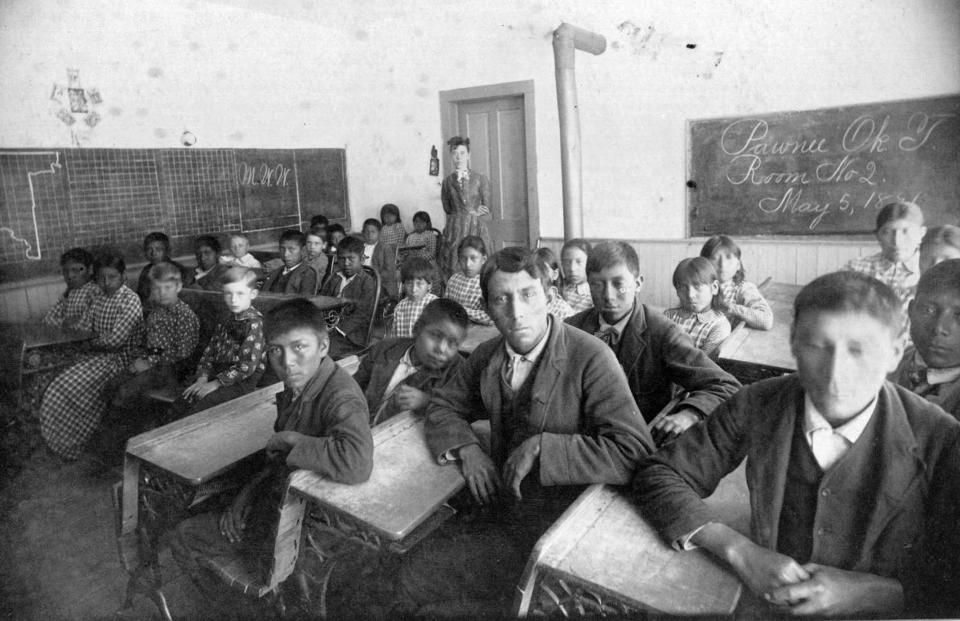
More: Deb Haaland visits Oklahoma '12 years of hell': Former students recount life at Native American boarding schools in OK
In May 2022, the Interior Department published a federal report based on its investigation, underscoring the wide-ranging forms of abuse that Native students were forced to endure at the boarding schools, all with the purported goal of helping them assimilate into white culture. In June 2022, Oklahoma — which had 76 of the schools, more than any other state ― was the first stop on Haaland's "Road to Healing" listening tour to hear boarding school survivors talk about their experiences.
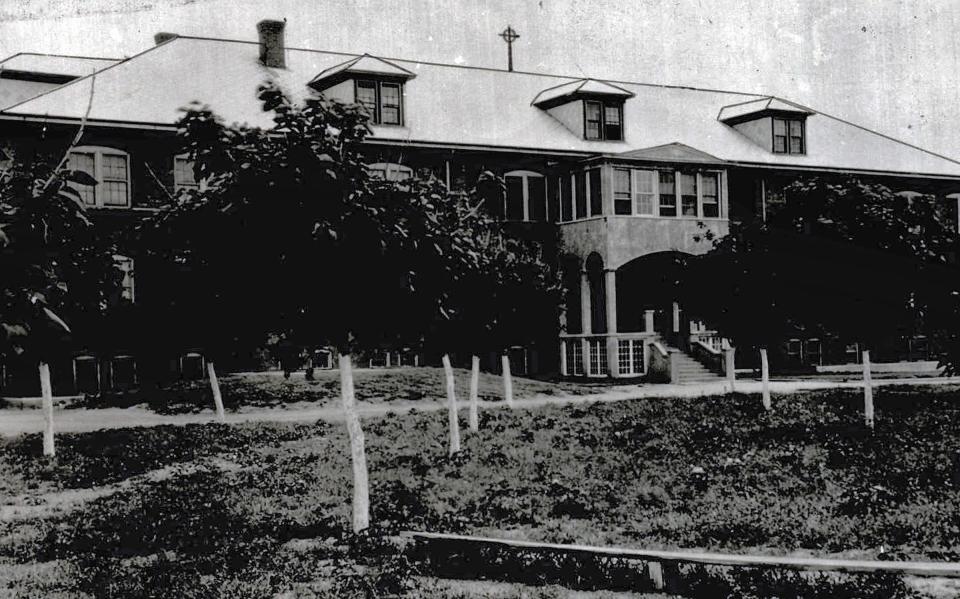
Oral histories versus 'listening sessions'
Thus far, the project has included research being conducted in partnership with Marquette University in Milwaukee, Wisconsin, which holds the archives for the Bureau of Catholic Indian Missions. Specific collaboration is with Marquette professor Bryan Rindfleisch, who specializes in Native American history and studies.
More: Boarding school research Days of Native Americans at boarding schools are being brought to light with professor's work
Notably, the project also has included "listening sessions" which were designed to draw former Indigenous boarding school students or their descendants to local churches to talk about their experiences with Deacon Roy Callison, with the archdiocese's American Indian Catholic Outreach.
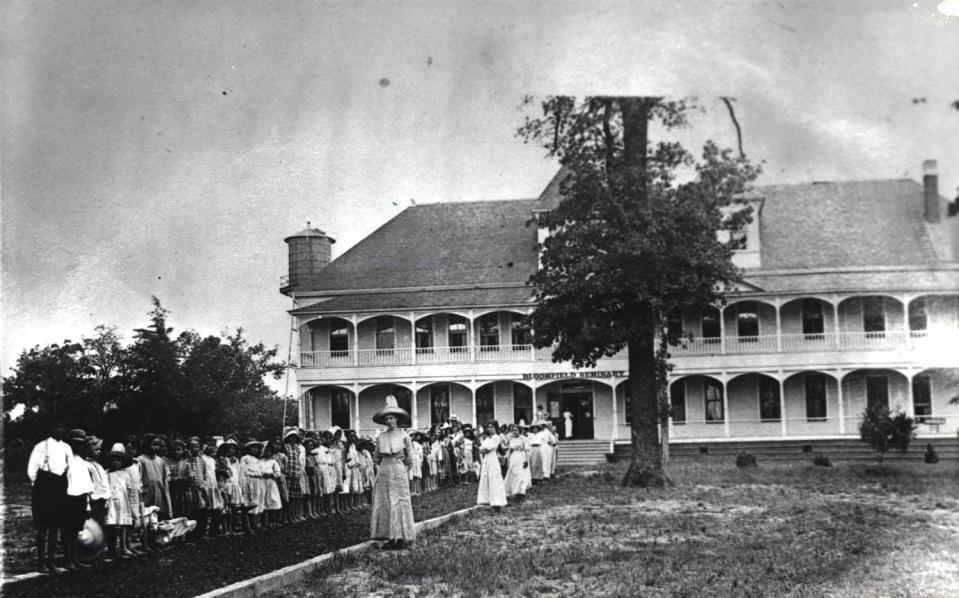
Callison, who facilitated the sessions with his wife, Susan, has said the listening sessions were generally informative and positive. At least one, a listening session held in early 2022 at Sacred Heart Catholic Church in Konawa was not as positive, after it ended abruptly when several Native American women spoke about the troubled history of some of the boarding schools. The session ended on a sour note when a priest asked the Native American women to leave because church members became upset about the women's negative portrayal of the boarding schools.
Rigazzi said the listening sessions were helpful by providing the Callisons with opportunities to talk about the Native Schools Project with local church members. They also gave Indigenous people and others in the community opportunities to share their stories about the boarding schools with those who gathered for the sessions.
He said the oral history interviews are different because they are being conducted in private and in non-church settings. Also, the archivist said church leaders have ensured that people may share their stories privately with oral history interviewer Lisa Lynn Brooks, an educator who is Choctaw. Rigazzi said Brooks is an Oklahoman who currently lives in New Jersey and she is not Catholic.
He said another individual helping with this latest part of the project is Dana Attocknie, managing editor of the Sooner Catholic, the Oklahoma City archdiocese's official news outlet. Rigazzi and the archdiocese's chancellor, Michael Scaperlanda, said Attocknie, who is Comanche and Pueblo, has been helping spread the word about the oral history effort. Scaperlanda said she recommended that the initiative be advertised in tribal newspapers and that has been done.
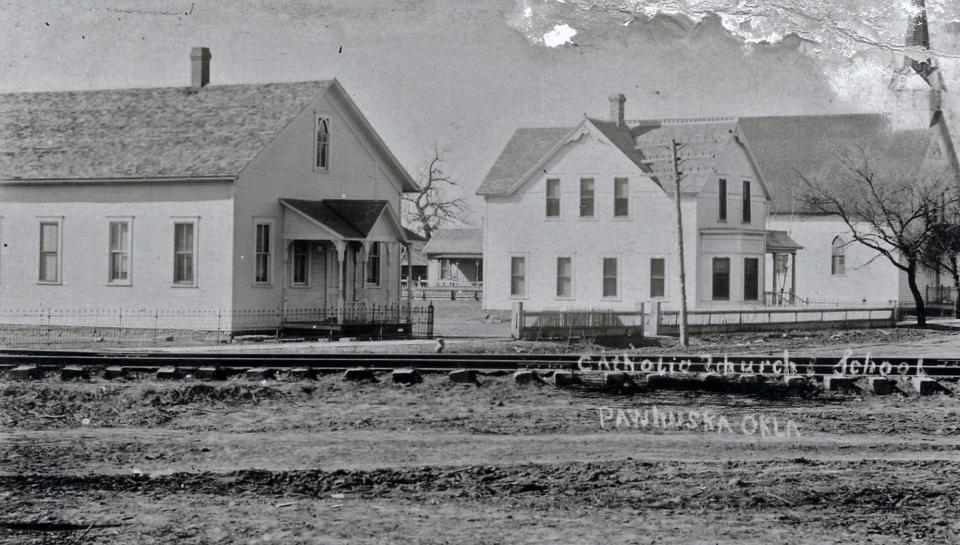
Scaperlanda said church leaders had hoped to begin the oral history interviews sooner but encountered a few roadblocks. He said they knew the interviews needed to be conducted by someone with no church ties but also a person who has been trained to conduct such interviews, particularly because of the sensitive and personal nature of the topic.
He said Brooks was added to the project once they determined she was the right person for the task but the logistics of where the interviews would take place also slowed the process down.
"We also knew that time was of the essence because the last school closed in 1965 and a lot of these folks are getting older," Scaperlanda said.
He said it's important to note that the church will not publicize oral histories if people don't want to make them public. The idea behind the effort is to record the histories for the project, but only publicize them if the individual grants permission.
"We want to capture that history and preserve their privacy," Scaperlanda said.
Like Rigazzi, he said he's hoping that people will see the advertisements or hear about the oral history effort through word of mouth and decide to share their stories "because we really do want to understand what our boarding school history is."
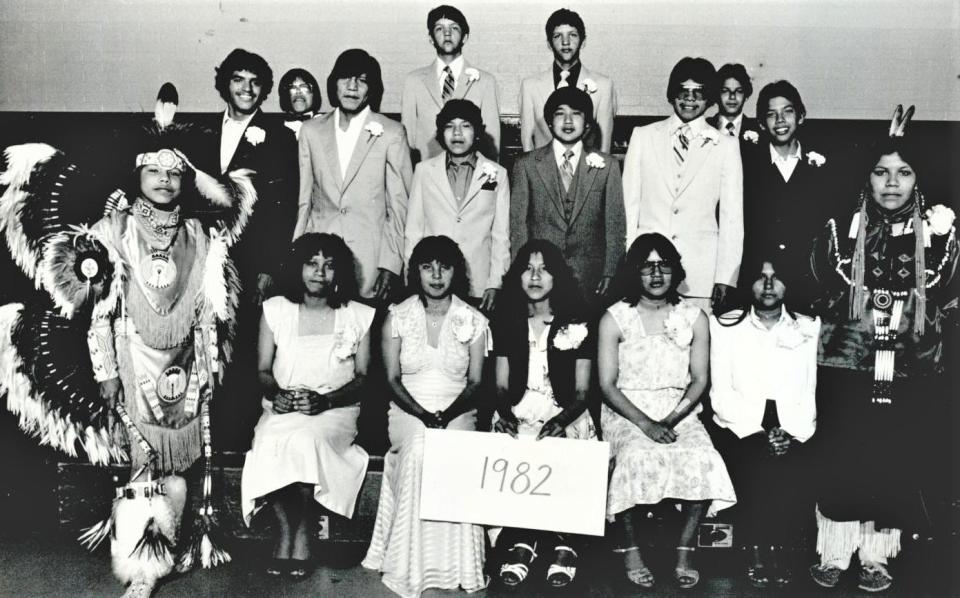
For more information about the oral history interviews, go to https://archokc.org/oknativeschoolsproject.
More: Catholic Indian boarding schools Catholic leaders exploring history, legacy of Oklahoma Catholic Indian boarding schools
This article originally appeared on Oklahoman: Oklahoma Catholic Church interviewing families in Native boarding schools

